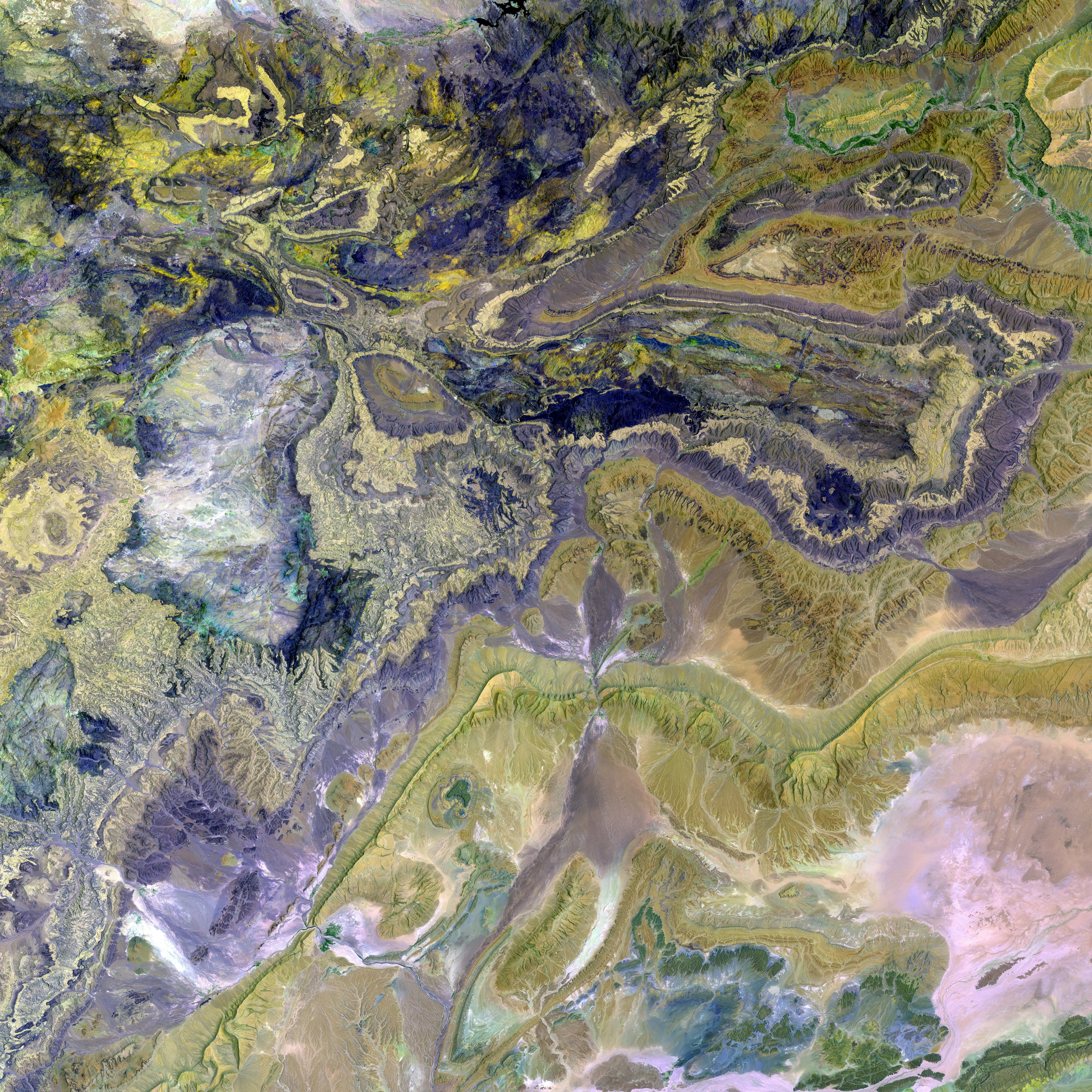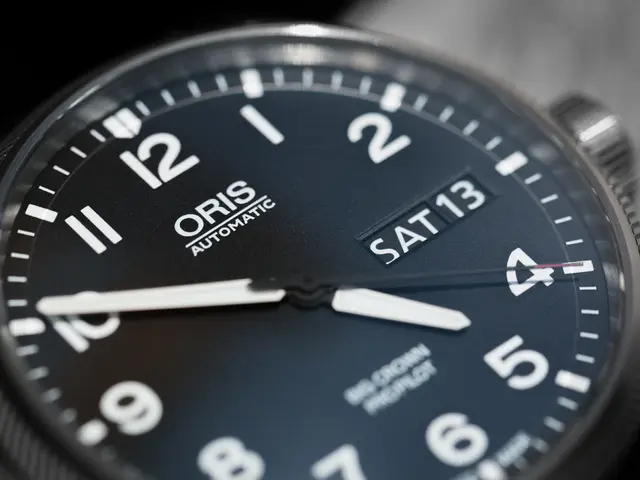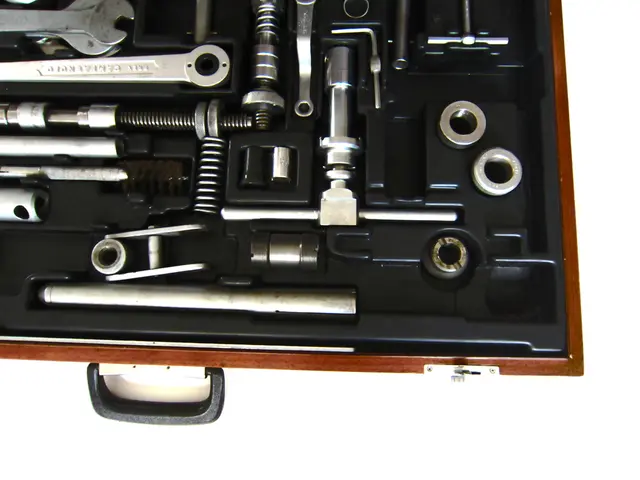NASA Requires Development of Gloves and Footwear Resilient to Lunar Cold Extremes
New and Cool Moon Suits to Brave the Lunar Freezer
NASA's upcoming lunar excursions are set to be a lot more frosty than the Apollo program, and the organization is working hard to figure out how to keep their astronauts cozy when probing the permanently darkened regions of the lunar south pole.
A team of aerospace engineers is gearing up to run an epic cycle of cryogenic tests on the limbs of the next-gen spacesuits, designed for lunar exploration by astronauts. The swanky Cryogenic Ice Testing, Acquisition Development, and Excavation Laboratory, or CITADEL, as it's affectionately referred to, was constructed to test robot parts for uncrewed missions destined for icy locations within our solar system, like Jupiter's moons, Europa and Ganymede. Now, CITADEL is being repurposed for human exploration and our long-awaited return to the Moon.
"We're trying to figure out the risks for astronauts heading into permanently shadowed regions, and gloves and boots are crucial because they make prolonged contact with frozen surfaces and tools," Zach Fester, an engineer with the Advanced Suit Team at NASA Johnson and the technical lead for the boot testing, explained in a conversation.
Standing at 4 feet (1.2 meters) tall and 5 feet (1.5 meters) wide, CITADEL is based at NASA's Jet Propulsion Laboratory. Unlike traditional cryogenic facilities that use liquid nitrogen to chill an object, CITADEL deploys compressed helium that plunges temperatures as low as -370 Fahrenheit (-223 Celsius). To reach these mind-boggling lows, CITADEL needs several days to cool down, and cracking it open restart the process. To avoid a lengthy delay, CITADEL is equipped with four load locks, mini-chambers in which they can insert the test materials while maintaining the icy vacuum state.
CITADEL also boasts a robotic arm for grabbing test samples and cameras armed with both visible and infrared light to capture the whole testing process. For lunar simulations, the team will add abrasion testing and lunar regolith-like material to the chamber, simulating the tools that astronauts may grasp.
Previously, NASA would enlist its astronauts for thermal testing, requiring them to shove their gloved mitts inside a freezer and hold onto frigid objects until their skin temperatures plummeted as low as 50°F (10°C). But these days, NASA relies on a custom-built manikin hand and foot for testing inside CITADEL. The manikin's digits are fitted with a system of fluid loops that mimic blood flow through the limbs and dozens of temperature and heat flux sensors to collect data from inside the gloves and boots.
The Artemis 3 mission is scheduled to drop astronauts onto the lunar surface for the first time since the Apollo era. While Apollo astronauts touched down near the equator on the near side of the Moon, the Artemis crews will investigate the lunar south pole, an area of interest to scientists due to the potential presence of water ice in these permanently darkened zones. However, this region presents a harsh environment thanks to the extreme temperatures and areas where sunlight does not shine. Artemis astronauts can expect to spend around two hours at a time inside shadowy craters that may contain ice depots, where temperatures can drop as low as -414°F (-248°C), according to NASA.
Back in 2022, NASA enlisted Axiom Space to develop the first moonwalking spacesuits since the Apollo missions. The resulting design, dubbed the AxEMU (Axiom Extravehicular Mobility Unit), incorporates the legacy of the Apollo suits with modern technology to boost astronaut mobility and better safeguard them against the lunar environment. Axiom Space partnered with Prada for aesthetic inspiration, hoping to make a fashion statement on the Moon while also providing astronauts with style.
The ongoing tests in CITADEL will help NASA establish criteria for their next-gen AxEMU spacesuits. While the gloves tested inside the chamber so far faltered under the cold load, indicating they wouldn't meet the thermal demands of the lunar south pole, the boot test results have yet to be fully analyzed.
Shane McFarland, technology development lead for the Advanced Suit Team at NASA Johnson, said, "This test is about determining the limits: How long can that glove or boot be in the lunar environment? We're trying to quantify what our hardware's capability gap is, so we can share this information with the Artemis suit vendor. We're also establishing this unique test capability to assess future hardware designs."
NASA's Artemis 3 mission is slated for a 2027 launch, sending astronauts on a voyage to previously uncharted territories on the Moon. Let's hope they stay nice and toasty in the frigid lunar south pole!
- The upcoming Apache 3 mission, scheduled for a 2027 launch, will see astronauts return to the Moon for the first time since the Apollo era, exploring the challenging lunar south pole with its potential water ice deposits and extreme temperatures.
- CITADEL, a cryogenic testing laboratory at NASA's Jet Propulsion Laboratory, is being repurposed to test human exploration gear for the Apache 3 mission, including next-generation spacesuits like the AxEMU (Axiom Extravehicular Mobility Unit).
- Axiom Space has partnered with Prada for aesthetic inspiration in designing the AxEMU, blending the legacy of Apollo-era spacesuits with modern technology to enhance astronaut mobility and safeguard them against the lunar environment.
- The current cryogenic tests in CITADEL are focusing on assessing the thermal performance of the AxEMU gloves and boots, identifying the limits of their capability in the lunar south pole's frigid environment.
- The results of these tests will help NASA set criteria for the AxEMU spacesuits and future designs, ensuring astronauts can maintain comfort and safety during their upcoming lunar explorations.




